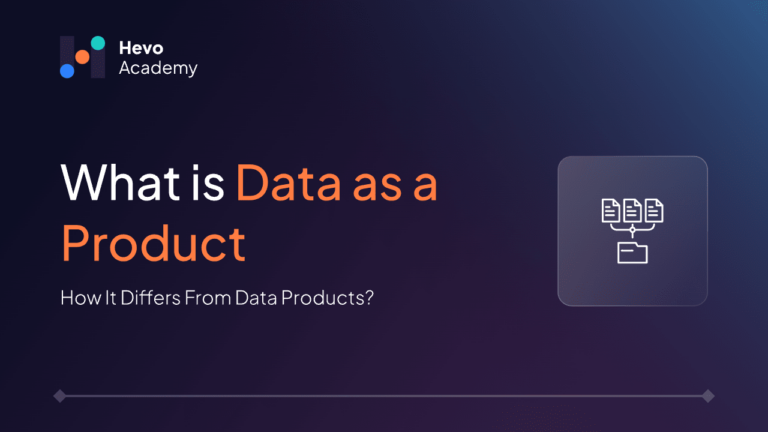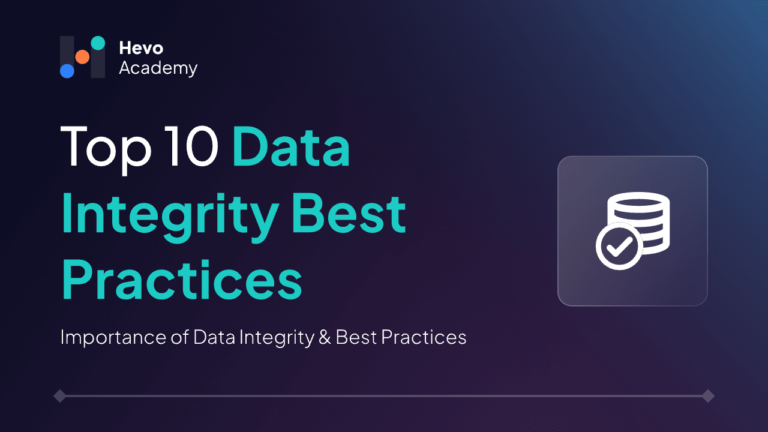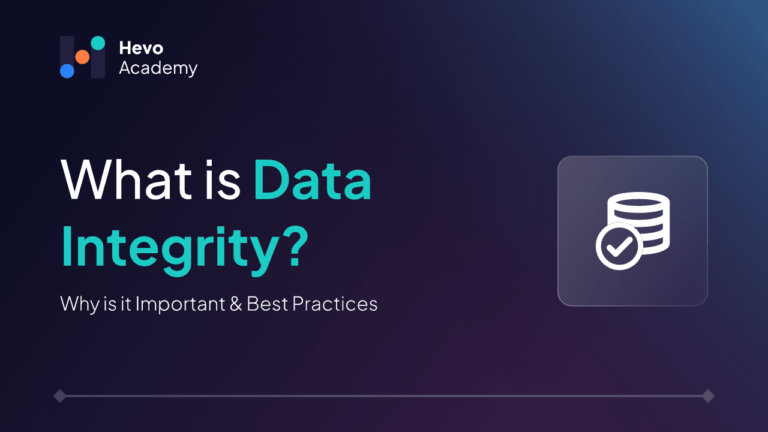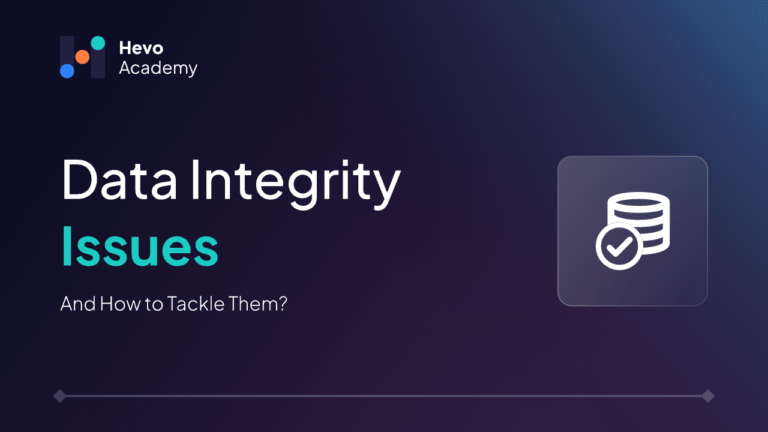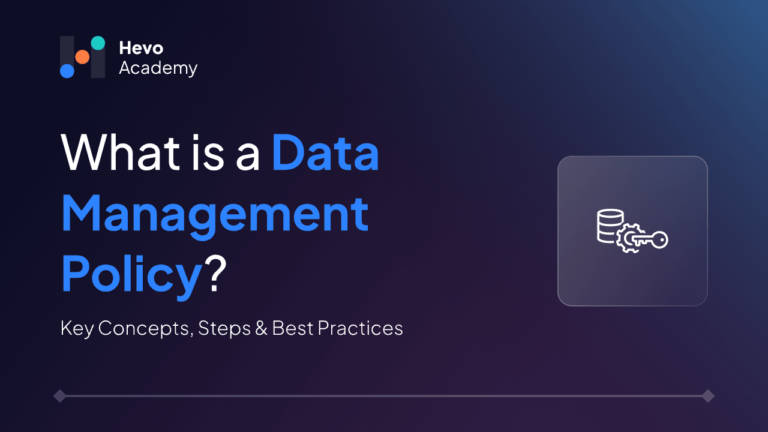Over the years, organizations have changed their perception of the data they produce and work with. Data isn’t a by-product of business operations anymore. But one of the most valuable strategic assets for every organization. An invaluable source of insights for strategic decision-making.
Table of Contents
On top of this, the most recent concept of Data As A Product (DaaP) has also emerged as a very popular data strategy for organizations that want to harness the full potential of their data assets. The concept of DaaP is transforming how organizations manage, share, and derive value from data. So the team must handle the data as with conventional products, which results in improved decision-making and innovation.
Today in this blog, we will discuss the fundamental concepts, advantages, distinctions from similar concepts, and real-world implementation tactics behind DaaP. You will also learn use cases, pitfalls, and best practices to make your organization successful in adopting a data-as-a-product mindset.
Understanding Data as a Product
Data as a Product (DaaP) is turning raw data into structured, usable, and valuable data products as a fertile source of information essential for strategic decision-making. It involves applying product management principles throughout the data lifecycle with an emphasis on quality, usability, and customer satisfaction.
You should consider the following principles when you are designing a DaaP:
- User-focused Design
- High Quality
- Discoverability
- Security and Compliance
- Iterative Improvement
Historically, data has just been generated during business operations and stored with minimal attention to its usability. However, the rise of data-driven decision-making highlighted the need to curate and manage data intentionally.
Organizations began transitioning from simply storing data in silos to creating data pipelines and products that deliver actionable insights. This shift is critical as companies seek to unlock the full value of their data investments.
Do you know what is the subtle difference between raw data and curated data products?
| Feature | Raw Data | Curated Data Product |
| State | Unprocessed and unorganized. | Refined and organized for specific use. |
| Value | Limited direct use. | High value due to usability and context. |
| Accessibility | Difficult to access and understand. | Easy to access and understand. |
| Use | Requires significant processing | Ready for immediate use. |
Importance and Benefits of Treating Data as a Product
Treating data as a product ensures that data initiatives deliver measurable business value. It encourages better data governance, accountability, and alignment with business goals.
Benefits
- Improved Decision-Making: High-quality data products provide reliable insights.
- Enhanced Collaboration: Cross-functional teams can access shared, trusted data.
- Faster Innovation: Well-managed data products accelerate data-driven innovation.
- Cost Efficiency: Reduced data duplication and maintenance costs.
Examples
- E-commerce Platforms: Personalized product recommendations driven by curated user behavior data products.
- Healthcare: Clinical dashboards aggregating patient data to support diagnostics.
Data as a Product (DaaP) vs Data Products
| Feature | Data as a Product (DaaP) | Data Product |
| Definition | Philosophy of treating the data less as a by-product and more of a product. | Actual deliverable achieved using data. |
| Scope | An approach and mindset for data management. | Specific data-based delivery like a warehouse, dashboard, etc. |
| Goal | Maximizing the value and accessibility of the data within an organization. | Solve a specific business product using data. |
Data as a Product (DaaP) vs Data as a Service (DaaS)
| Feature | Data as a Product | Data as a Service |
| Nature | Traditional data exchange model | Modern, technology-driven data delivery model |
| Delivery | Typically a batch file of structured data | On-demand access to data, often via API or other interfaces |
| Ownership | The buyer purchases the data and owns it outright | Buyer subscribes to access; ownership remains with the vendor |
| Maintenance | The buyer is responsible for all maintenance and updates | The vendor is responsible for maintenance, updates, and quality |
| Cost Model | Higher upfront cost; buyer pays for all associated costs | Subscription-based; recurring payments |
| Responsibility | The buyer is responsible for cleansing and processing the data | Vendor is responsible for cleansing, tailoring, and quality |
| Flexibility | Less flexible; fixed data structure and delivery | More flexible; adaptable to changing requirements |
Core Components of a Successful DaaP
A successful DaaP requires several fundamental elements. Let us discuss a few here today:
- Data and Metadata: Storage of actual datasets with comprehensive metadata, including documentation, semantic and syntax declarations, and quality metrics
- Discoverability: The data product should be easily found and accessible with clear documentation, intuitive navigation, and easy-to-understand metadata.
- Data specifications: Human and machine-readable documents defining data format, definitions, access policies, and transformations
- Data contracts: Guarantees of behavior for a given version of the data product, like APIs in a service-oriented architecture. They ensure consistent results and can be used for testing and verification
- Core Product: Consists of datasets, metadata, code, and policies related to a specific topic and supported by the platform. It should have intrinsic value and be reusable across use cases.
- Data Governance: Implementing data governance measures, including controls and compliance with regulations
How Can Teams Implement Data as a Product?
To implement DaaP, teams need to change their mindset and view data users as customers first and foremost. They should apply the same principles and practices used in traditional product development to their data initiatives. Let us now discuss the stepwise path that teams can follow to implement DaaP:
Step 1: Define the Data Product
Identify and prioritize valuable data products based on business needs.
Step 2: Assign Ownership
Appoint data product owners to lead the vision and goal of the data product.
Step 3: Adopt Agile Practices
Use iterative development and feedback loops.
Step 4: Build Data Pipelines
Automate data collection, transformation, and delivery.
Step 5: Invest in Technology
Utilize data catalogs, governance tools, and analytics platforms.
Challenges and Common Pitfalls of Using DaaP
Below are some common challenges of using/implementing a DaaP:
- Addressing privacy concerns and data literacy gaps, including understanding the impact of automation on data access, security, and privacy for compliance and ethical processes.
- Ensuring that data solutions scale as intended.
- Overcoming challenges in consuming and exploiting data due to data overload and complexity.
- Integrating automation or AI into product data processes is a significant technological challenge.
Below are some pitfalls of using DaaP:
- Stakeholders may resist accepting and using data products due to a change in mindset required or a general resistance to new processes.
- Some domains resist the DaaP approach, hoarding data, creating silos, competing for ownership of data products, and ultimately leading to poor data quality.
- Data products becoming too narrowly focused, addressing some issues but potentially missing more important ones.
Use Cases and Real-world Examples Of How Industry Leaders Use DaaP
- Personalized Medicine: Mayo Clinic integrates patient data from genomics, medical history, and wearables, then analyzes it to drive better diagnoses, treatment plans, and preventive measures.
- Fraud Prevention: JPMorgan Chase analyzes transaction data in real-time to identify suspicious activity and prevent fraudulent transactions, protecting customers and mitigating financial losses.
- Improved Operational Efficiency: Atlas, an operating system for restaurants, is using AI to improve operational efficiency, drive sales, and surface customer insights for food and beverage brands across Singapore.
- Product Listings: Miinto uses Vertex AI Vision to identify and merge duplicate product listings, improving the customer experience and reducing operational costs, resulting in a 40% increase in efficiency and a 20% improvement in conversion rates.
Best Practices for Developing and Managing DaaP
- Connect data strategy to clear business objectives.
- Involve diverse experts (data scientists, engineers, analysts).
- Focus on scoped projects with defined business value.
- Use feedback loops to refine data products.
- Ensure easy discovery, understanding, access, and trust.
- Enforce standards for metadata, documentation, and quality automatically.
- Structure data well with tools for visualization, access, and sharing.
- Ensure data products are up-to-date and approved.
Conclusion
Data as a Product (DaaP) marks a key shift in data management, transforming data from a mere byproduct into a valuable, revenue-generating asset. While challenges exist, a strategic approach encompassing strong governance, skilled teams, and user-centric design is key. By adopting DaaP, organizations can unlock the full potential of their data, drive innovation, and gain a competitive edge in today’s data-driven landscape. Embrace DaaP to transform your data into a powerful engine for growth and informed decision-making.
If you are looking ways to handle your data operations, sign up for Hevo’s 14-day free trial.
Frequently Asked Questions (FAQs)
1. What is the data as a product approach?
Treating data sets as standalone products, designed with product management principles with the end-users in mind.
2. What is meant by data as a product?
It means curating, managing, and delivering data focusing on quality, usability, and discoverability.
3. How do you treat data as a product?
You transform raw data into high-quality information products. You also treat data users as customers, understanding their needs and pain points.

